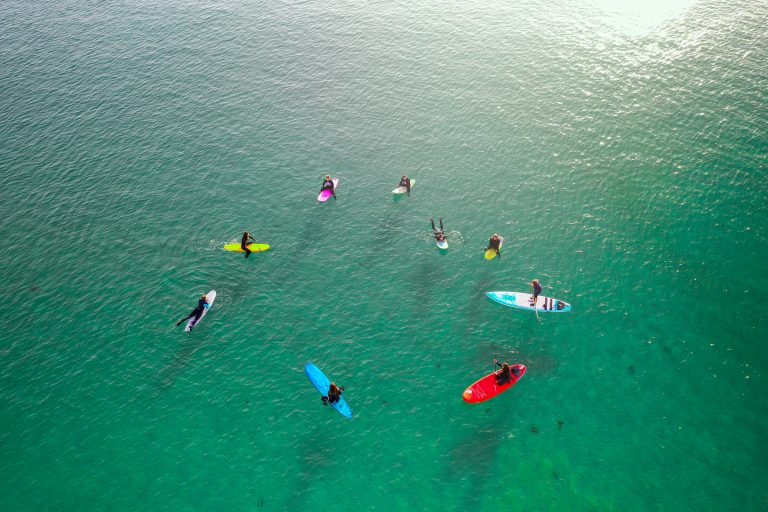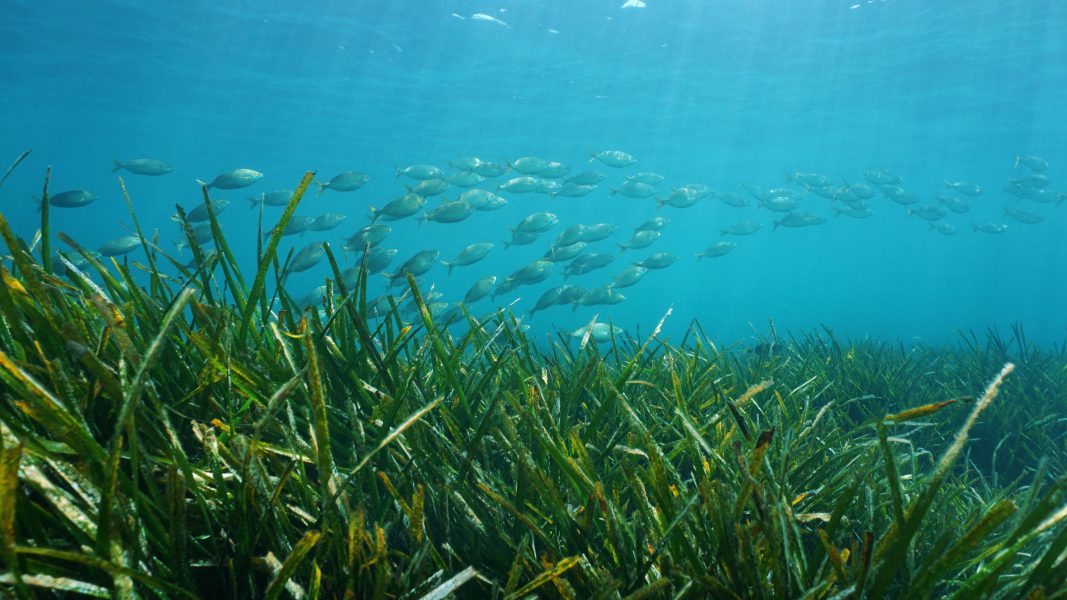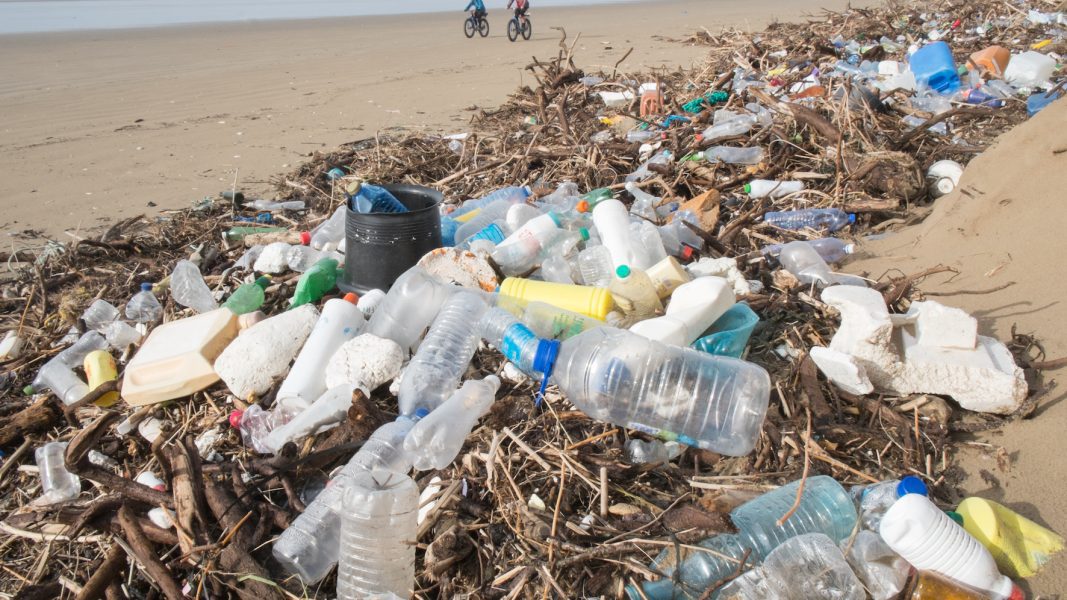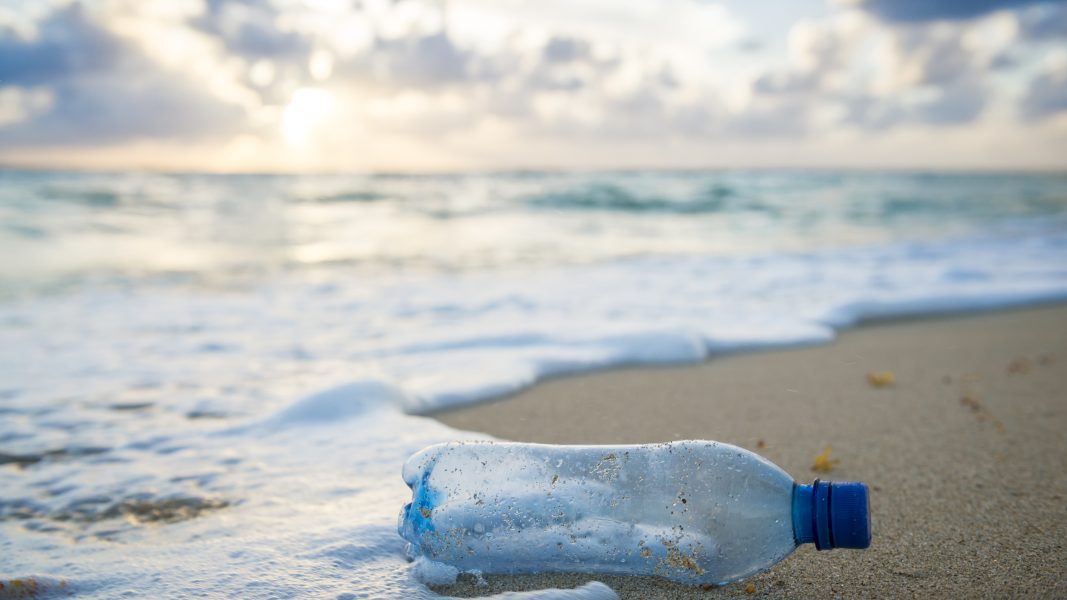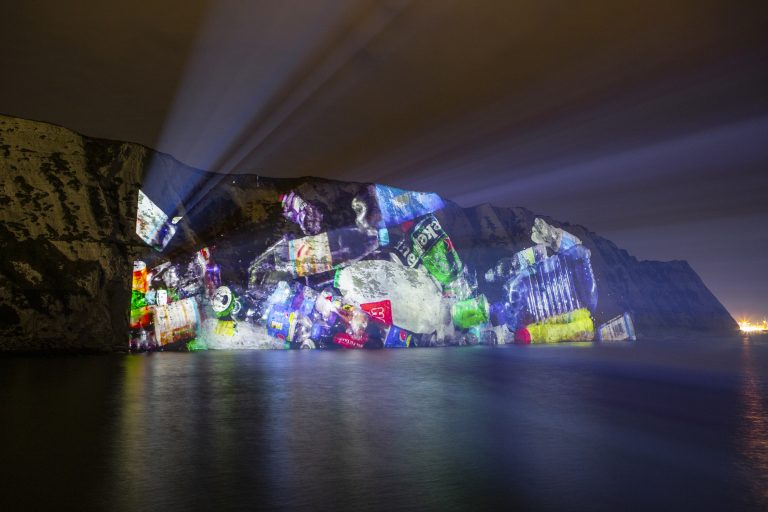
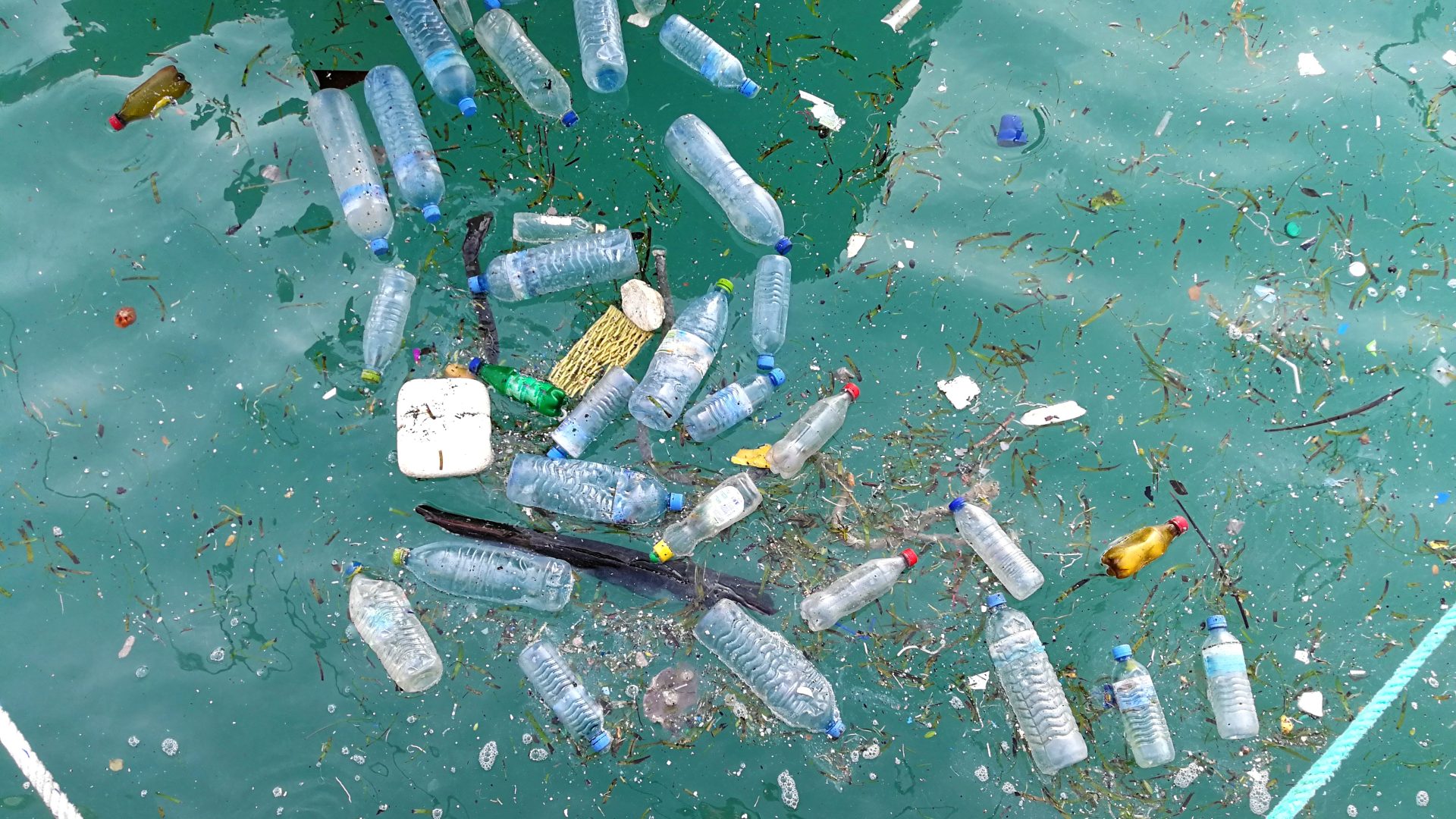
Plastic pollution: facts & figures
-
1 in 3
fish caught for human consumption now contains plastic.

-
90%
of plastic is made from fossil fuels

-
2.5 tonnes
of carbon dioxide is generated by producing 1 tonne of plastic

Plastic pollution in numbers
- 8 million pieces of plastic pollution make their way into the ocean every day. (OSPAR, 2009)
- 12 million tonnes of plastic is dumped into the ocean every year (Eunomia, 2016)
- 80% of all studied marine debris is plastic. (IUCN, 2020)
- 5.25 trillion macro and microplastics may now be floating in the open ocean, weighing up to 269,000 tonnes. (Eriksen, 2014)
- 100,000 marine mammals and turtles and 1 million sea birds are killed by marine plastic pollution every year. (UK Government, 2018)
Whether washing up on our beaches, appearing deep in the Arctic ice or poisoning marine wildlife, Plastic Pollution is plastic where it shouldn’t be. And it’s causing catastrophic harm.
12 million tonnes of plastic finds its way into the ocean every single year. 9.5 million tonnes of this enters the ocean from the land with 1.75 tonnes being chucked into the sea directly from the fishing a shipping industry.
There are approximately 51 trillion microscopic pieces of plastic, weighing 269,000 tons. That’s about the same as 1,345 adult blue whales. And 500 times the number of stars in our galaxy.
Plastic is strong, flexible and durable. The same qualities that make it so useful also mean it never really breaks down. A plastic bottle can last for 450 years in the marine environment, slowly fragmenting into smaller and smaller pieces which never truly disappear. Every piece of plastic ever produced is still with us in some form. And we’re using more plastic than ever before.
For wildlife such as fish, dolphins, seabirds and seals it can be fatal: they can become entangled, or mistake plastic for food.
From the dead albatross in the Midway Atoll, stomachs packed full of plastic waste, to the whale found malnourished and dying off the coast of Norway with 30 plastic bags and masses of plastic packaging in its guts, too many incidents illustrate this problem with searing clarity.
With so much seafood now containing plastic, the question is no longer are we eating plastic, but how bad is it for our health? In seawater, plastic absorbs chemicals like PCBs and DDTs which have been linked to endocrine disruption and even some cancers, becoming more powerful as they work their way up the food chain. Microplastics have now been found in human blood and disturbingly known to pass from mothers to their unborn children through the placentae.
The beach is where we go to connect with nature. It’s simply not the same if it’s covered in plastic. And with coastal tourism worth £5.5 billion to the UK economy, many of us count on it being clean for our livelihoods.
Even if you don’t eat fish or go to the beach, everybody breathes. And all that essential oxygen? Marine plants produce a massive 70% of it.
Nice idea, but not possible. Only 1% of marine can be found floating in the water. 94% has already sunk to the seafloor. And even if we tried to ‘scoop’ up that 1%, who would pay for it and what else will we catch at the same time? Plus, the majority of plastic waste is microscopic.
Say we miraculously managed to get all of these pieces – most tinier than a grain of rice – out of the sea, what would we do with it then? The only solution is to stop using more plastic.
In the North Pacific, a gyre (a slowly swirling whirlpool of ocean currents) collects plastic debris. Estimates measure it at twice the size of France. Charles Moore, the oceanographer who discovered it, predicts that it will double in size over the next ten years if we don’t change our ways.
And we’re not talking about a neat island that we can tidy away, either; this is a vast soup filled with confetti-like plastic fragments. Experts believe it would take 67 ships a year to clean up less than 1% of the Great Pacific Garbage Patch.
Plastic can be incredibly useful. Diabetics use it for syringes, arthritic patients rely on it for hip replacements, and construction workers wear it to protect their heads. Without it, we wouldn’t have computers, mobile phones or cars. The big problem? Single-use plastics and the eye-watering quantities we consume. You might use a plastic bag for just 15 minutes, but it could take 100-300 years to fragment.
Help turn back the plastic tide

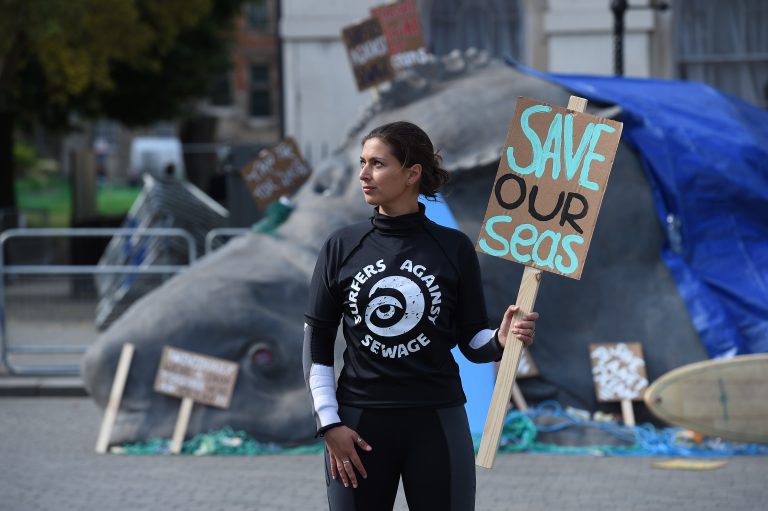
Plastic pollution: what we stand for
